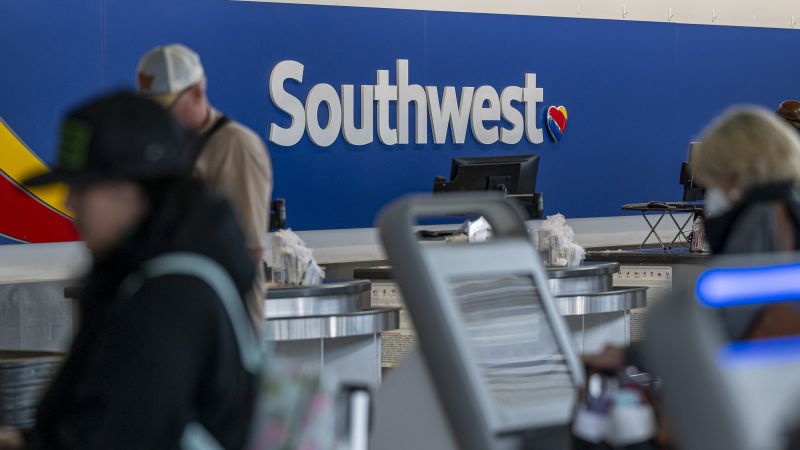Federal authorities and Boeing are currently investigating a recent incident involving a 737 Max 8 aircraft that experienced a rare and unsafe back-and-forth roll during flight, known as a Dutch roll. The Federal Aviation Administration (FAA) described this motion as the nose of the aircraft making a figure-eight.
On May 25, Southwest Airlines flight 746 encountered this oscillating movement, but fortunately, there were no injuries reported. The FAA’s preliminary report stated that the crew was able to regain control of the aircraft, which then safely landed. However, the plane sustained “substantial” damage, leading the FAA to classify the incident as an “accident.” An inspection revealed damage to the standby power control unit (PCU) that controls the rudder, although it is unclear if this damage caused or was the result of the roll.
Since the incident, the aircraft has not flown, except to be moved to a Boeing facility in Washington state. Southwest Airlines has reported the incident to the FAA and the National Transportation Safety Board (NTSB) and is fully cooperating with the investigation.
With 175 passengers and six crew members onboard, the Dutch roll incident occurred almost three weeks ago, with the information being added to an FAA database just this week.
In light of this incident, questions have arisen regarding the FAA’s previous requirement for airlines to inspect the rudder assembly of certain 737 Max 8 aircraft due to concerns about loose or missing hardware affecting pilot control. Authorities have not confirmed if this condition is related to the Dutch roll experienced last month.
Typically, passengers and airline pilots rarely encounter such erratic movements in flight. Aviation safety analyst and former airline pilot, Kathleen Bangs, described the Dutch roll as a challenging and uncomfortable experience.
Airliners normally use a combination of roll and yaw for turning, with the assistance of aircraft computers and yaw dampers for stability. In cases like the Dutch roll, where the aircraft rolls and yaws excessively, pilots are trained to handle such scenarios by taking corrective actions to regain control and ensure a safe outcome.
As the investigation continues, the NTSB has not yet commented on whether they are looking into the incident. It is crucial for authorities to determine the root cause of this rare aircraft behavior to prevent such incidents from occurring in the future.



